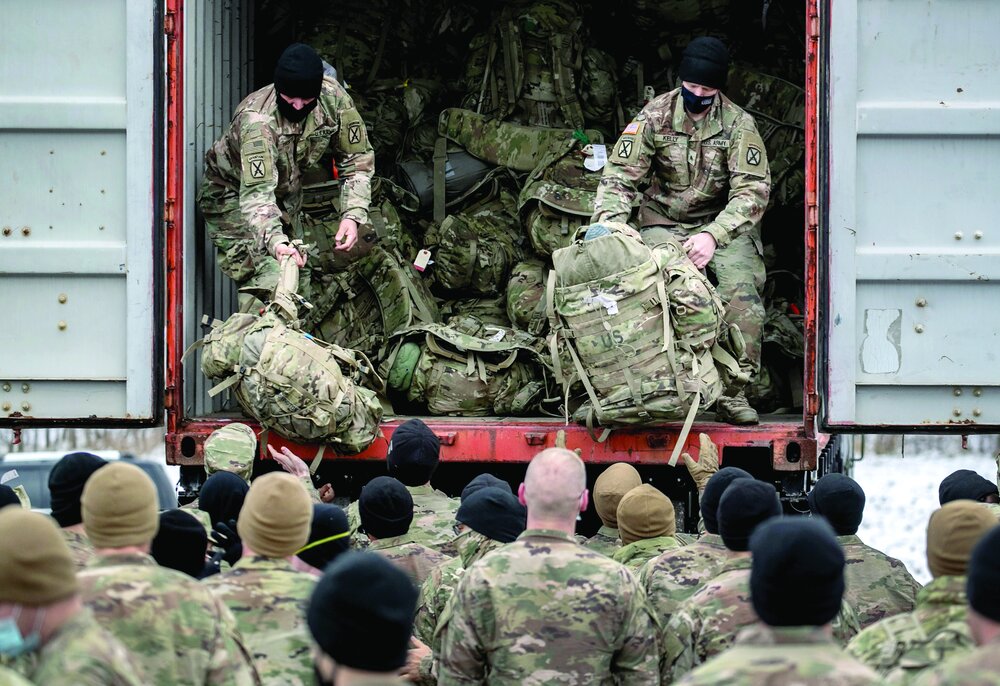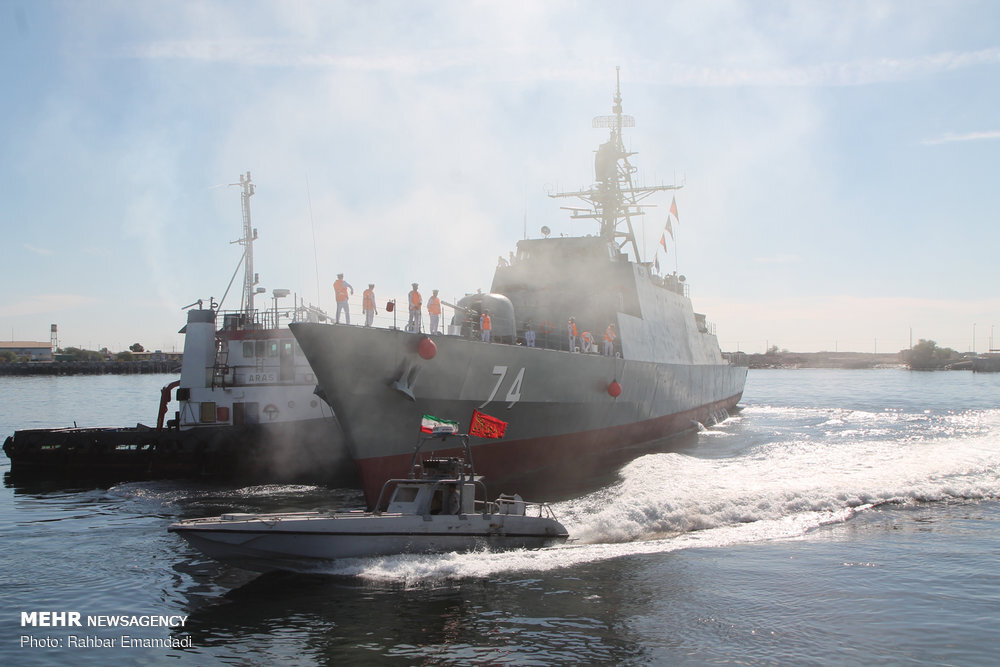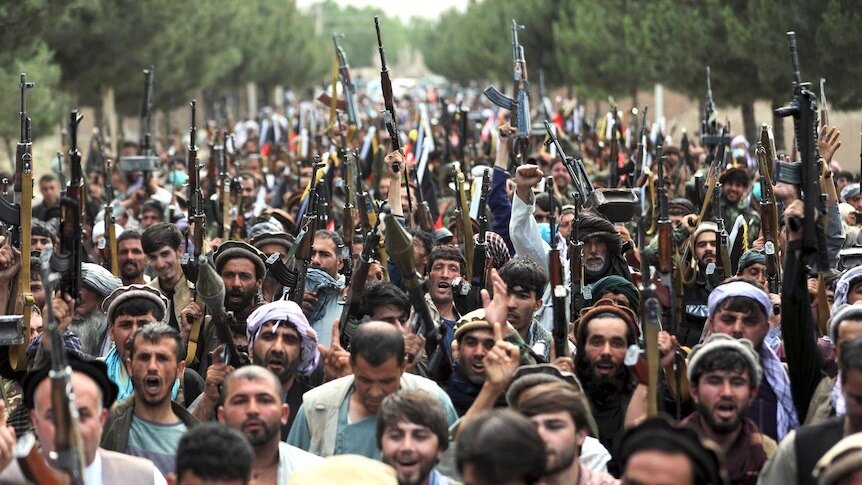
The United States has completed its hasty military withdrawal from Afghanistan after the last of its planes took off from Kabul airport, marking a historic day in the country’s history.
All U.S. service members have now departed, bringing an end to a 20-year military occupation that claimed the lives of more than 2,400 American troops and hundreds of thousands of Afghans. The financial loss for the U.S. taxpayers has been at least $2 trillion, although experts say this is a conservative figure and does not include others aspects, such as future costs for injured veterans.
During a news conference at the Pentagon headquarters, the head of U.S. Central Command, General Kenneth McKenzie, announced the "completion of our withdrawal" He said the U.S. ambassador to Afghanistan, Ross Wilson, was onboard the final flight from Kabul.
McKenzie said, "the last C-17 lifted off on 30 August at 3.29pm (EDT) and the last manned aircraft is clearing the airspace above Afghanistan now".
He noted that since August 14th, the U.S. and its allies had evacuated 123,000 people, following the Taliban's swift takeover.
“The withdrawal signifies both the end of the military component of the evacuation, but also the end of the nearly 20-year mission that began in Afghanistan shortly after September 11, 2001,” he said.
“The cost was 2,461 U.S. service members and civilians killed and more than 20,000 who were injured. Sadly, that includes 13 U.S. service members who were killed last week”.
In another sign of the desperate evacuation process, McKenzie admitted U.S. forces destroyed, at the last moment, 73 American aircraft at Kabul airport as well as scores of armored vehicles and a high-tech rocket defense system.
Taliban spokesman Qari Yusuf confirmed "the last U.S. soldier has left Kabul airport and our country gained complete independence"
It’s the first time in almost 20 years that no foreign soldiers have any presence on Afghanistan’s soil.
Following the departure announcement of U.S.-led foreign forces; celebratory gunfire erupted across the capital. Fireworks also lit up the sky above Kabul as the Taliban celebrated.
Media reports describe “the closing hours of the evacuation were marked by extraordinary drama, American troops faced the daunting task of getting final evacuees onto planes while also getting themselves and some of their equipment out”
Following the withdrawal, U.S. President Joe Biden said in a statement "now, our 20-year military presence in Afghanistan has ended", that the world would hold the Taliban to their commitment to allow safe passage for those to want to leave Afghanistan.
Biden added that “it was the unanimous recommendation of the Joint Chiefs and of all of our commanders on the ground to end our airlift mission as planned. Their view was that ending our military mission was the best way to protect the lives of our troops”.
During a briefing, U.S. Secretary of State, Antony Blinken, announced Washington has suspended its diplomatic presence in Kabul and transferred its operations to Doha, Qatar. He says "given the uncertain security environment and political situation in Afghanistan, it was the prudent step to take"
Highlighting the path ahead for Washington; Blinken claims that the U.S. will “maintain robust counterterrorism capabilities in the region”.
He noted the U.S. will engage with the Taliban but not rely on them, saying “going forward any engagement with the Taliban will be driven by one thing only: our national interests”. He added “every step we take will be based not on what a Taliban government says but by its actions”
However, the remarks have not gone down well on Capitol Hill; many in Congress are furious at the White House. Among the damning assessments by U.S. Senators was one by Senator Ben Sasse, who said:
“This national disgrace is the direct result of President Biden’s cowardice and incompetence. The President made the decision to trust the Taliban. The President made the decision to set an arbitrary August 31st deadline. The President made the decision to abandon Bagram Air Base. The President made the decision not to expand the perimeter around Karzai International Airport. The President made the decision to undermine our NATO allies”.
Senator Sasse goes on to say “The President made the decision to break our word to our Afghan partners. The President made the decision to tell one lie after another as the crisis unfolded. The President made the morally indefensible decision to leave Americans behind. Dishonor was the President’s choice. May history never forget this cowardice”.
Other congress members have said the embarrassing withdrawal for Washington is a culmination of the measures taken by four consecutive U.S. administrations that presided over the two-decade occupation.
Elsewhere, it has been revealed that the Pentagon was prepared for a mass casualty event hours before Thursday’s bomb attack at Afghanistan’s Kabul airport.
According to detailed notes of classified calls provided to U.S. news site, Politico, the Pentagon was aware of an imminent attack at Kabul Airport hours before the explosion killed nearly 200 people including 13 American troops.
The news site says top Pentagon officials held a meeting, discussed the options and decided to keep the so-called Abbey Gate section of the International airport open longer so that evacuations could continue.
A second defense official says the intelligence about the security threat at Kabul airport detailed on the calls was relayed up and down the chain of command.
The Pentagon has strongly condemned the release of the information.
Spokesperson, John Kirby, told the news website “this story is based on the unlawful disclosure of classified information and internal deliberations of a sensitive nature”.
Kirby added “as soon as we became aware of the material divulged to the reporter, we engaged Politico at the highest levels to prevent the publication of information”
The Pentagon also says “we condemn the unlawful disclosure of classified information and oppose the publication of a story based on it while a dangerous operation is ongoing”.
The White House refused to comment further, but the information could be explosive for the administration of U.S. President Joe Biden.
Meanwhile, U.S. led Western powers have been forced to accept the reality of the Taliban’s control as they backed a watered down UN resolution that says it “expects” the Taliban to honor a commitment to allow Afghans to leave the country and “requests” that Kabul airport be securely reopened, but falls short of demanding a UN-sponsored safe zone in the Afghan capital.
The UNSC resolution indicates no specific reprisal if Afghanistan is sealed off following the 31 August deadline for the final U.S. withdrawal that ends its battle to crush the Taliban.
The draft from the 15-strong council, co-written by the U.S., UK and France, simply notes a “statement of 27 August, 2021, in which the Taliban committed that Afghans will be able to travel abroad” and “expects that the Taliban will adhere to these and all other commitments”.
The text also “calls on the relevant parties to work with international partners to take steps to strengthen security and to prevent further casualties, and requests that every effort be made to allow for the rapid and secure reopening of Kabul airport and its surrounding area”.
The text in effect leaves the security of the airport to the Taliban. However it remains unclear if and when the Taliban can operate the international airport.
The attempt to keep the Security Council united means no specific consequence is spelt out if the Taliban does not heed the calls in the resolution.
The final result will be viewed as a setback for France, which at the weekend led calls for a UN safe zone. Britain widely saw the proposal as ineffective without the presence of the UN or other troops.
At the session, China heavily condemned the nations that occupied Afghanistan saying they should learn a lesson from the 20 years disaster. Beijing’s envoy to the UNSC also says Afghans should be left alone to decide their future
With a new chapter emerging and uncertainty in the air, Taliban spokesman, Suhail Shaheen, gave an indication of what lies ahead in the immediate future by sharing a statement by the group’s political office in Doha, Qatar in which the Taliban calls on employees of all universities in Afghanistan to resume their work from Tuesday.
The statement says both male and female employees should return to work adding the Ministry of Higher Education calls on rectors, deans, professors and administrative staff to report to their jobs on Tuesday. The statement concludes they should "resume their administrative and academic works including making due preparations for starting classes."
The United States led the invasion of Afghanistan in early 2020, with the aim of toppling the Taliban rule. 20 years later, it has fled with the Taliban returning to governance. During those 20 years, Afghan civilians have suffered significantly with their lives. Massive U.S. tax money has gone to waste, money that could have closed the gap on growing inequality in America or going to much needed services back home.
The U.S. military industrial complex made a nice profit and can be considered the only winners of this catastrophic military adventure; the longest in America’s history. In terms of the war itself, it has been a humiliating defeat for Washington and its Western allies.
The abandonment of former President Ashraf Ghani amid the swift Taliban takeover of the country and the capital Kabul, is a message to other nations in West Asia.
Those who rely on Washington for security will be alarmed as to how a government and its forces collapsed so quickly after two decades of American investment in resources and troops, and how Washington was unable or unwilling to anticipate the collapse.
At the same time, the chairman of the Supreme Revolutionary Committee of Yemen says Saudi Arabia and its U.S. backed ally should take a lesson from Afghanistan and devise a plan to end the nearly seven year war.
Mohammed Ali al-Houthi says “the Yemeni nation will never accept occupation and guardianship, no matter how long the conflicts and confrontations last”.
He adds “Yemen will be the graveyard of the aggressors”.






















